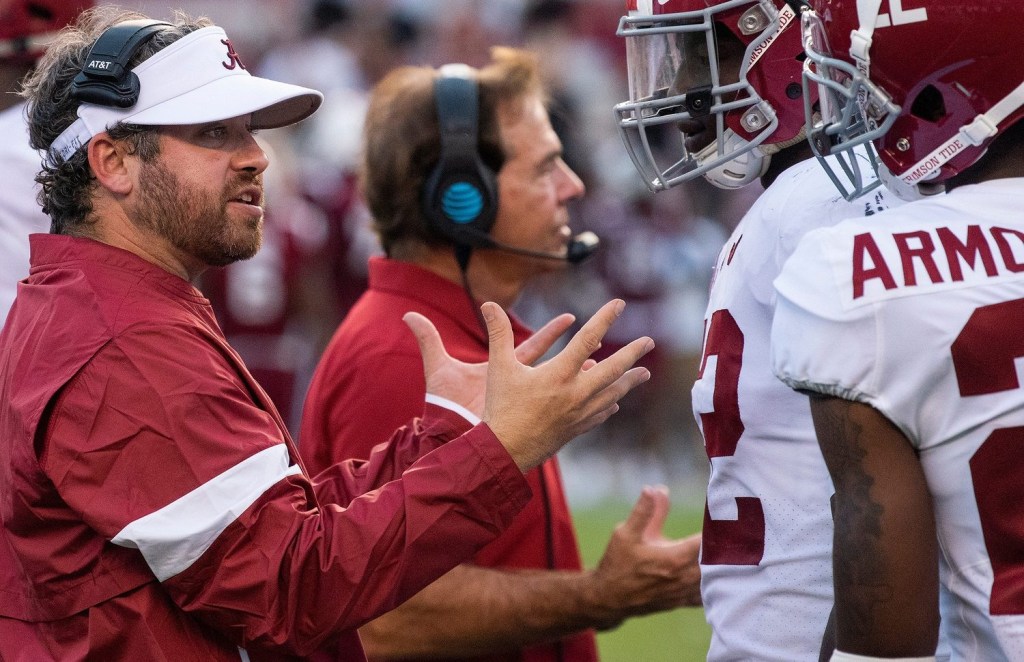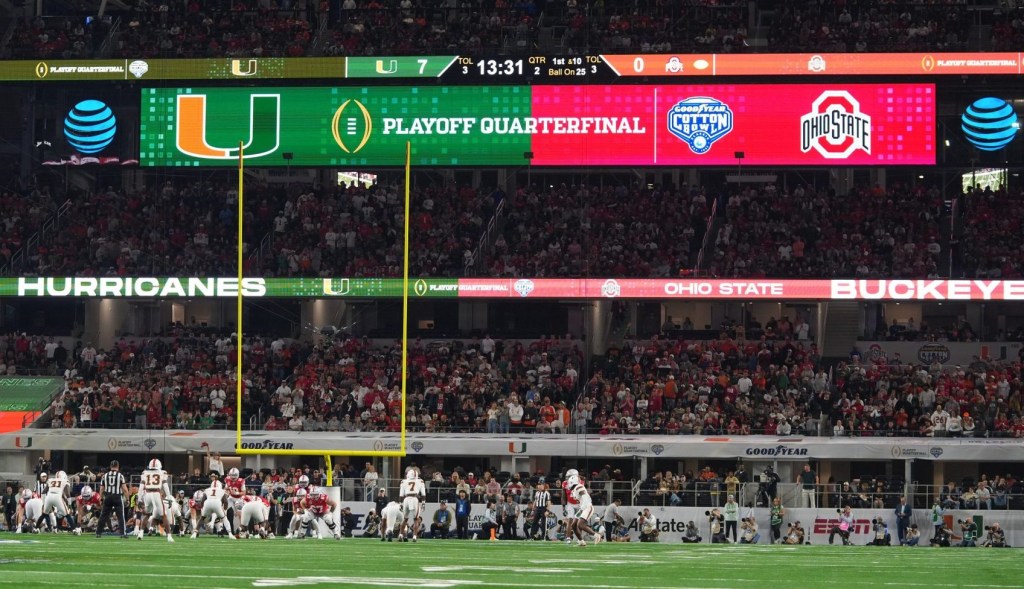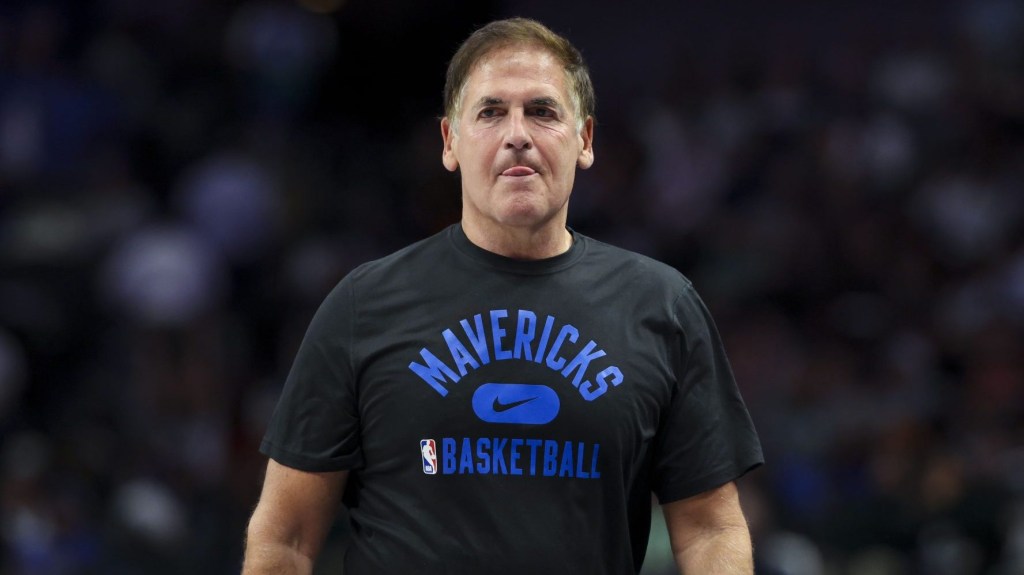During the Gee v. NCAA wrongful death trial, Alana Gee’s lawyers revealed that the NCAA dedicated less than 1% of its budget to a health and safety committee in the decade before her late husband, Matthew Gee, played for USC.
Alana is suing the NCAA on Matthew Gee’s behalf, alleging the governing body was responsible for his death. Gee, who played linebacker for USC between 1988-92, died at the age of 49 and was posthumously diagnosed with CTE. The trial, which began on Oct. 21, is taking place in Los Angeles Superior Court.
The case will yield the first ruling on the NCAA’s culpability for brain injuries. If the NCAA loses, it could owe hundreds of millions in damages and face a deluge of future lawsuits.
The data, provided on Thursday, was used to prove one of the plaintiff’s main theses: that the NCAA failed to adequately invest in the health and safety of athletes, instead putting resources toward a profit-driven machine.
- The Committee on Competitive Safeguards and Medical Aspects of Sport (CSMAS) was formed in the 1950s to “provide expertise and leadership to the Association in order to promote a healthy and safe environment,” the NCAA’s website says.
- Between 1975-82, the NCAA allocated a maximum of 0.6% of its annual earnings to CSMAS.
- At its lowest point, in 1980, the NCAA spent only 0.14% on CSMAS.
- Plaintiff lawyers stated that the NCAA stopped keeping track of data after 1982.
During cross examination of an expert witness, the NCAA’s lawyers pointed out that more than half of the NCAA’s revenue trickles down to member schools — so it spent a greater percentage of revenue on health and safety than plaintiffs claimed.
But even with that calculation, the association would have dedicated less than 2%.
Editor’s Note: Reporting of Gee v. NCAA was assisted by Courtroom View Network, which provided a livestream of the trial.


















